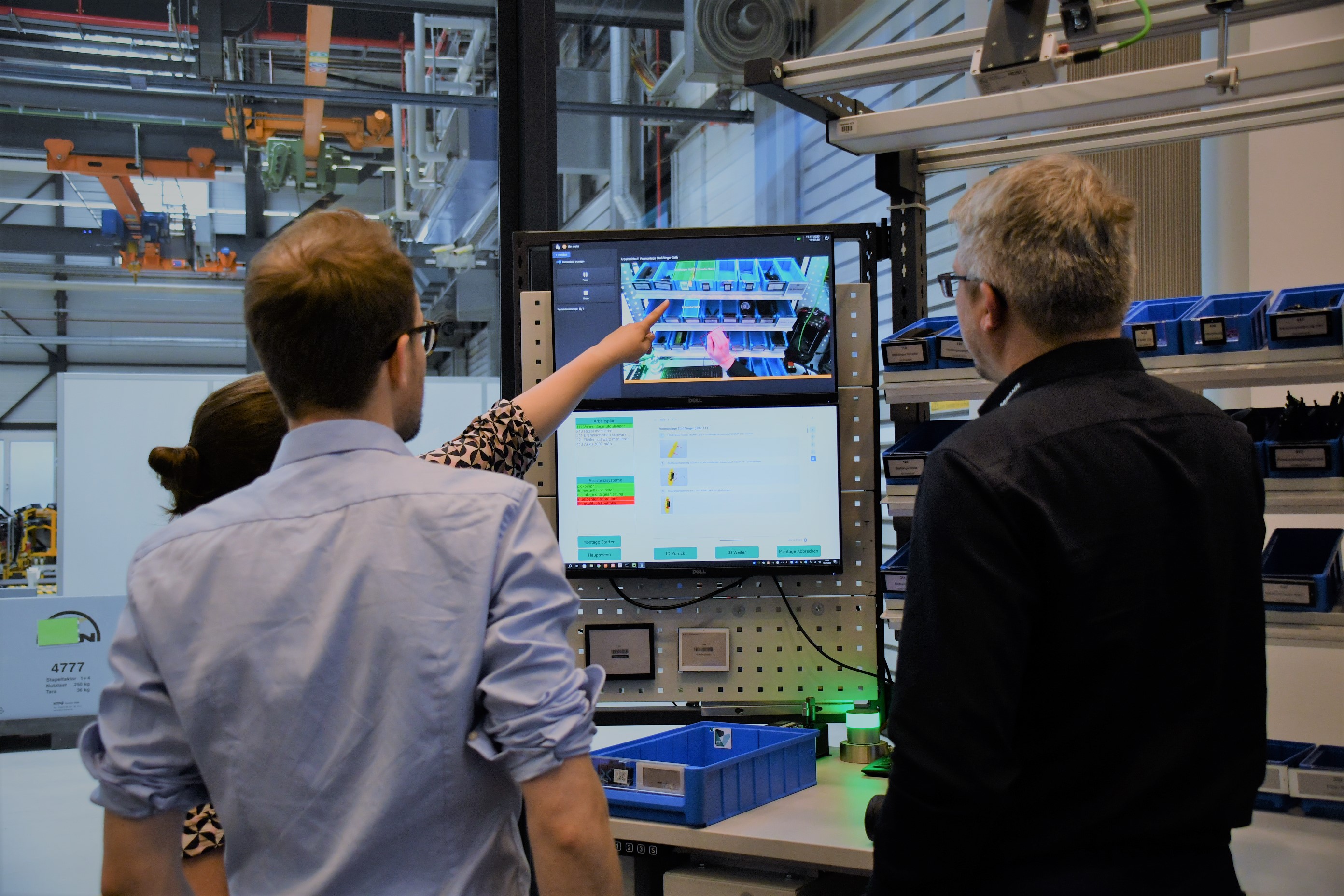Mixed production systems for symbiotic production of electric and conventional trucks
In recent years, global greenhouse gas emissions have continued to rise, from 23 billion metric tons of CO2 in 1995 to 35 billion metric tons in 2020. Applicable climate targets are in danger of being missed. Therefore, the climate-friendly conversion of road-based commercial vehicles (HGVs) must contribute to reducing emissions. The most significant leverage is the electrification of 40-ton trucks, which account for 48 percent of the CO2 emissions of all commercial vehicles due to long-distance traffic and high transport masses (see Fig. 1).

